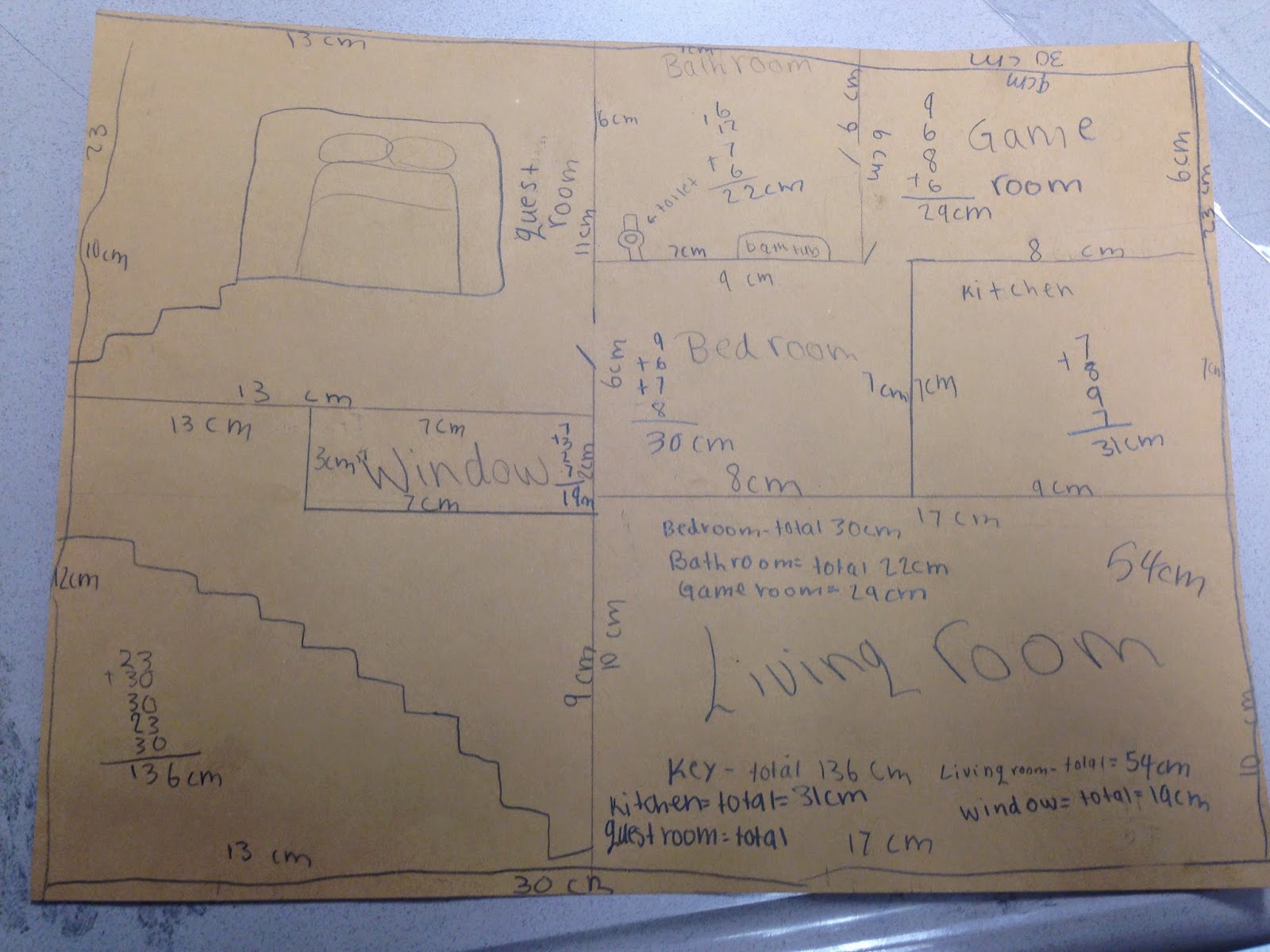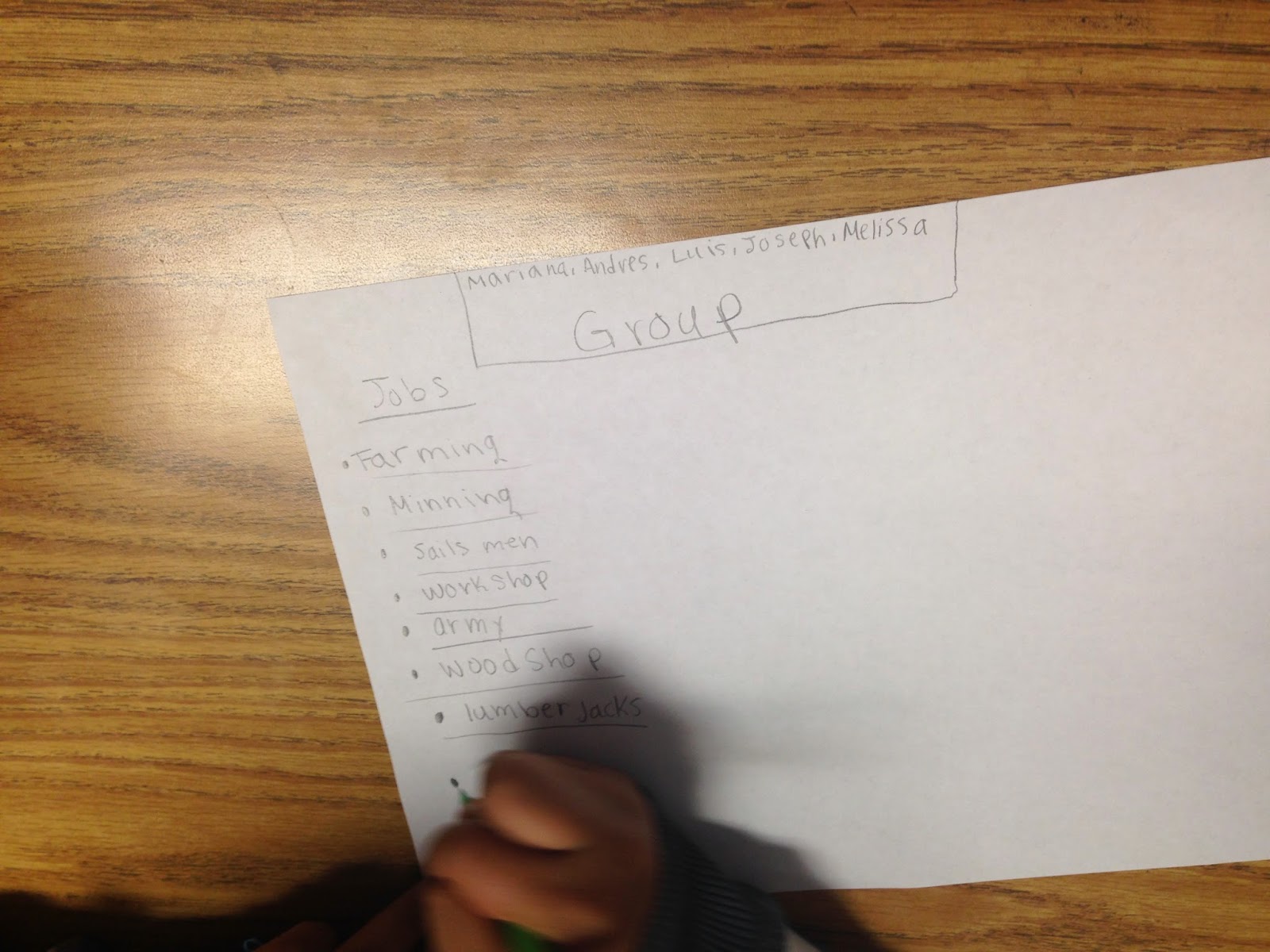Today marked Day 3 of being in the computer lab using MinecraftEdu with the whole class. And, already, the kids are fired up, identifying, and understanding the learning that's taking place.
For the first four days, I have officially designated our Minecraft time (and the first lesson that will be published under the "Lessons" tab) "Minecraft Boot Camp", and that's simply because we're going to spend about four hours using the tutorial to get acquainted with the game.
Some of my kiddos have used Minecraft before on a X-Box, PS3, or tablet, yet none of them have EVER played Minecraft on a computer before. Not surprising, being that only a few of my students even have a home computer at their disposal. The tutorial world on MinecraftEdu is very different from that on the regular Minecraft game, or the game console versions.
Our first day was mostly spent learning how to log in to the game, choosing a "skin" (or character), and figuring out the controls to make their mini-selves move around. The first part of the tutorial focuses on navigating through a variety of obstacles to teach the player (student) how to walk, jump, swim, climb, etc. And, you'd be surprised how long doing something like that takes for kids that have never played the game before. We took our entire first hour just making our way through the first phase of the tutorial, which is called "The Obstacle Course".
On the second day, the students were challenged to work together to figure out how to make their way out of a training area by finding a secret door. It took a lot of splitting up, collaboration, and patience for them to walk around the yard area looking for clues to help them find the door. Once they made it through the door, they were then moved in to an area to teach them how to mine for materials.
Today, we moved in to more challenging territory. The screen shot that you see above is a picture of this area of the tutorial. The objective of this area is to gather materials to duplicate the various shapes that are set out around the arena. The students (and myself) broke up in to teams and raced to duplicate the shapes the quickest.
Now, upon first entering the room and reading the assignment, it looked simple enough. There were piles of materials at one end of each numbered area, and so it was a matter of gathering enough blocks of material and making the blocks match the shapes already in place. But, what we quickly learned was that the type of materials, dimensions of the shapes, and working together were also big pieces of the puzzle.
The students quickly formed their own teams by working with whoever was sitting close. They worked together to learn about the different materials, and which materials were needed for which shape. One of the shapes that has to be built is a standard arch. There was a problem, though, the blocks the students were using weren't staying in place to form the arch. The students quickly figured out that the blocks they had gathered were gravel blocks, and why the gravel blocks weren't working to build an arch. As one student pointed out, gravel can't hold the shape to form an arch, a stronger block was needed. So, the students found that cobblestone was a much better material for building the required arch. A second student, not being able to figure out how many blocks he needed for his rectangular shape was assisted by his teammate when the suggestion was made to multiply one side by the other.
Student: "There's 4 blocks on one side and 3 blocks on another. That means we need 12 blocks altogether."
Me: "How do you know that's how many blocks you need when you can only see four down one side and three on the other?"
Student: "I think we just multiply, it looks kinda like an array"
And, for the record, my class hasn't started really delving in to area and perimeter yet. So, they are making the connections from learning about arrays, and that will help them immensely when we do start discussing area and perimeter.
The next obstacle was figuring out how to get up high enough to place blocks on the shapes that had high towers. A few teams decided that they would need to build staircases out of blocks in order to reach such a high level. They designated a team member to build gather materials strictly for staircases while the other team members got to work gathering and climbing the stairs to place the blocks.
Other teams experimented with building in layers, constructing a level at a time across all shapes, and building up as they went. Another team designated single players for each shape, so that the group worked simultaneously on all of the shapes at the same time.
It was really fascinating to watch and listen to the different ideas that were being played out. I joined a team and played along. I offered no insight in to the ideas of how to build, I just asked to be told what to do. The kids LOVED that. Having me on their team was exciting enough, but getting to boss me around for a change? Can you say BONUS??
The most rewarding part of the entire lesson was the last ten minutes.
Even though the entire lesson had been focused on a race, as the last few minutes began to creep up on us, many teams realized that they just weren't going to have time to complete all of their shapes. Instead of the teams that were WAY ahead claiming their sweet victory, individual players moved to the struggling teams to help out. In the end, there was no winner. Each team just moved around and helped out anyone that needed it. Once one set of shapes were complete, those teams joined together to help another team out, and so on and so on until everyone had completed the challenge. There was no questions about who won or who completed the challenge the best. It was just an hour of absolute, 100% collaboration, challenge, and fun.
This is what learning should be all about. Helping each other. Building each other up. Solving problems. Self-discovery. Applying knowledge and concepts to real-world and fake world problems.
And we're only in the training stage. Can you imagine how amazingly awesome our world is going to be once we start building?
We have one more "boot camp" session left before the real meat and bones start. The first lesson, that will take place in the classroom and not the computer lab, will be called "Naming a Nation". For that lesson, students will be working together as a class to first decide a good method for selecting a name for their world, before a single suggestion is ever made of the name. It's also going to be when we start forming our "government" and committees.
I'm excited about it, and I will take plenty of pictures to illustrate the process. I also plan on having some of the students vlog about their initial experience with the tutorial world, and their expectations for the game play as it unfolds.
I told ya, lots of fun happening around here. Stay tuned for plenty more!
Ms. Hill




























.jpg)